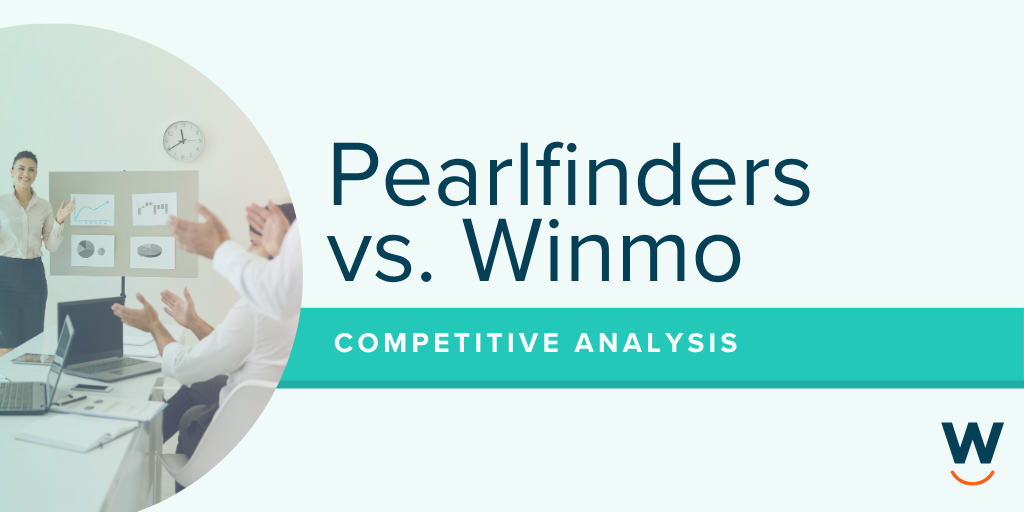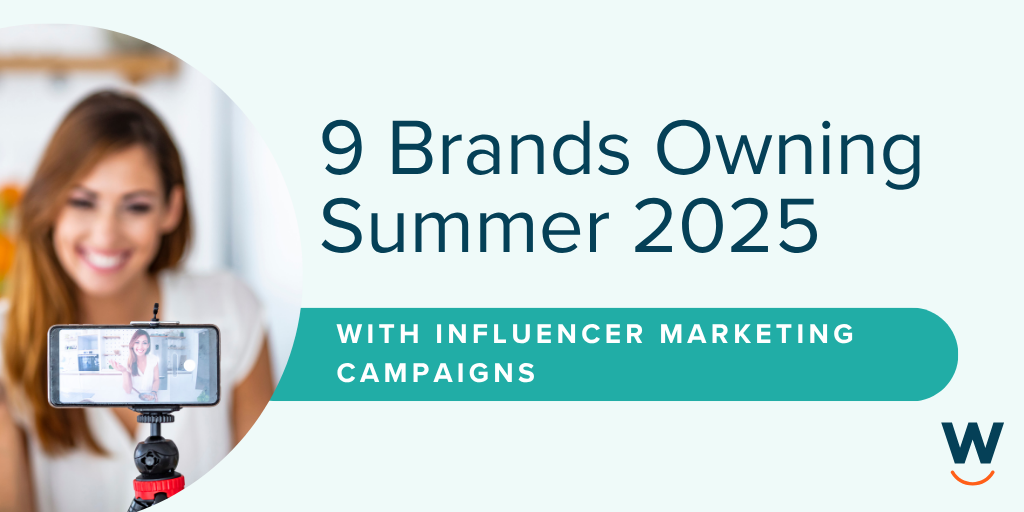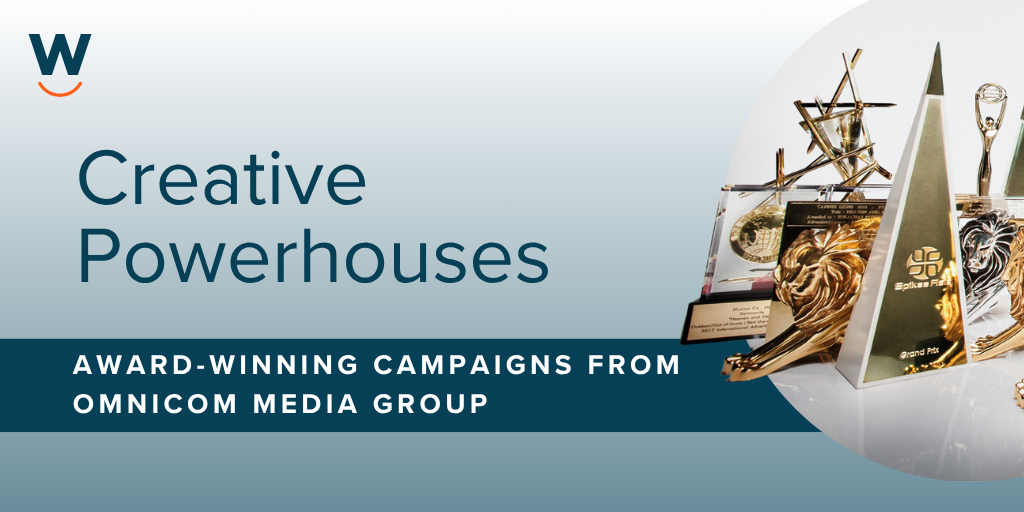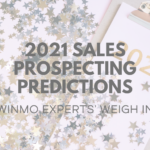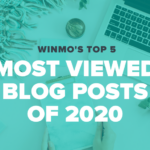
How Winmo Launches Publishing Giant Into New Verticals: Q&A with Future’s Jason Webby
During last week’s Adweek Elevate: Publishing virtual event, Winmo’s VP of Sales, Ryan Wilkie, interviewed one of our newest clients, Jason Webby, Future‘s vice president of the Eastern region, for a Boardroom Breakout session. Future is a global multi-media platform that has 200+ brands and engages 400 million people across the US and UK (that’s one in three adults for those keeping score) through their websites, magazines, and events (hopefully we’ll see more of these in 2021).
Future is one of those unicorn brands that has found their stride during the pandemic — increasing their audience share, taking more number one positions, acquiring new businesses, and launching new verticals. With even more ambitious plans for 2021, Wilkie and Webby discussed Future’s growth momentum, new business philosophy, and powerful partnership with Winmo.
Ryan Wilkie: Tell us about Future and your role within the company.
Jason Webby: I’m the vice president of the Eastern region at Future. I oversee our advertising and also lead all of our programmatic strategy and development. Future, if you’re not familiar with us, is a global publishing platform of specialist media brands. Our formula is pretty simple. We create reviews and educational content that help people engage in the things they care about, and then ultimately help them figure out what they need to buy in order to live and experience those passions.
You might know us from some of our brands like TechRadar, PC Gamer, Guitar World, and Marie Claire. Over the years, we’ve amassed about 160 different brands and reach over 110 million US adults a month. So we’ve quietly become one of the largest publishers in the US that not a lot of people are familiar with.
RW: I know Guitar World and TechRadar, but not that they are under the Future umbrella.
JW: The decision in the past had been to really market the brands themselves. And then, as we started to get much bigger, we needed to be Future as a company. We especially needed the media community who buys advertising to understand that we’re not just a TechRadar, but this massive portfolio owner and there’s a lot more that we can do with different brands out there.
RW: 2020 has been a very strange year for all of us. How is Future fairing through it all?
JW: It’s crazy. I joined Future and at the end of June and still haven’t physically met anybody at my company, so it’s all been really strange. We just closed our financial year, posted record earnings, and closed our third acquisition that we’re really excited about, CinemaBlend. The website has 19 million unique monthly visitors, so the acquisition immediately makes us a top-five publisher in the entertainment space.
Concurrently, we launched the companion site WhatToWatch that recommends streaming options on services like Disney+ and Hulu. The one, two punch of these websites, on top of our 160 others, make Future a force to be reckoned with in the entertainment vertical. We have a legacy in the music industry with Guitar World, Bass Player, Louder, and a string of other niche music titles, but now we’re a player in entertainment. That changes the way we go to market and who we can do business with.
RW: To what do you attribute all of this year’s success?
JW: There are a few things at play. One, is our legacy verticals, tech, and gaming. During the pandemic, everybody’s working from home, had to buy new tech for their home office, and are playing video games. Our traffic in those two areas is through the roof. And because everyone’s buying tech and gaming equipment, those advertisers are spending.
Future is a leader in those categories and, on top of that, we create content that helps people make decisions. So, consumers read about the top 10 best Xbox controllers, then they can click to buy it. That implicitly means that people come to our sites with intent—either to learn something or buy something. Our campaigns tend to really perform well. We get a lot of repeat business.
One of the acquisitions we made in the past year was TI Media, which is a branch of Time Inc. over in the UK, and a number of different lifestyle brands over there that we’re now migrating over here as new launches, including Woman & Home.
We’ve also launched a couple of new ones, Real Homes, My Imperfect Life, and the fitness sites Adventure and Fit&Well. These are all very different than Tom’s Guide and Guitar World, so we’re still focused on our legacy categories while adding new ones.
RW: Are there any other new verticals you’re seeing increased value in right now?
JW: We have so much scale and we’re getting into new verticals that go beyond tech and gaming. We’re really going after automotive, women’s lifestyle, CPG brands, alcohol, home furnishings, fitness, and pets.
RW: How does Winmo help with your research and prospecting efforts?
JW: It’s a natural fit for what we’re trying to do. If we were just in tech and weren’t looking to grow, we already know everybody in this space and Winmo may not be as important for us. However, given that we’re entering into new verticals where we have very few relationships and don’t really know all the players. So having tools like Pathmatics and Winmo helps us understand how are these clients who we don’t know, spending their money and then who are the people we need to go build relationships with.
RW: A lot of clients come to Winmo for help to identify new opportunities, but it also protects and expands existing business. Does Future use the tool in both ways?
JW: Definitely for new verticals, that’s no question, but for current clients as well. Especially Pathmatics, which breaks up advertiser spend into different categories. If one of my top retail advertisers only does desktop display with us and we see that they’re spending thousands more on video, we’ve got a problem. We should be talking to them about our video offering. When we understand more about where our clients are spending their money, we can craft better proposals.
RW: What are some of the pain points your team experienced prospecting?
JW: The change in hand of people at different locations. We used to find a lot of out of date contacts. That’s definitely changed with Winmo. One of the ways we’re looking to use the platform more is actually in our onboarding. So, looking at market share data and really understanding our competitive space, the landscape, and how we’re doing. Are we growing our unfair share of that pie? And before we do that, we get to define what that pie is.
RW: How is Winmo helping to solve those problems? What are you using the tool to gain visibility into?
JW: As we enter into all of these new verticals, we have to be smart with our allocation of time and resources. We use it to really understand who the top spenders are, so we can prioritize our prospecting efforts accordingly and go after the biggest fish.
I also have an enterprise sales team that focuses on large accounts and a mid-market sales team for smaller accounts. That helps us identify prospects in both areas. I can say, okay, mid-market team, you’re going to go after these 5,000 accounts. Enterprise, you’re going to go after the top 500. It helps prioritize our efforts and quantify how we’re doing.
RW: Who else at Future is utilizing Winmo outside of the sales teams?
JW: Our creative solutions team uses Winmo because they can see the creative that people are using and have run. That’s helpful when we’re building custom projects. We also have our insights team that uses it to pull together data on what’s happening in the industry and for our board level that goes up to our CEO. That’s a new effort for us, so we will need to lean on you, Ryan.

